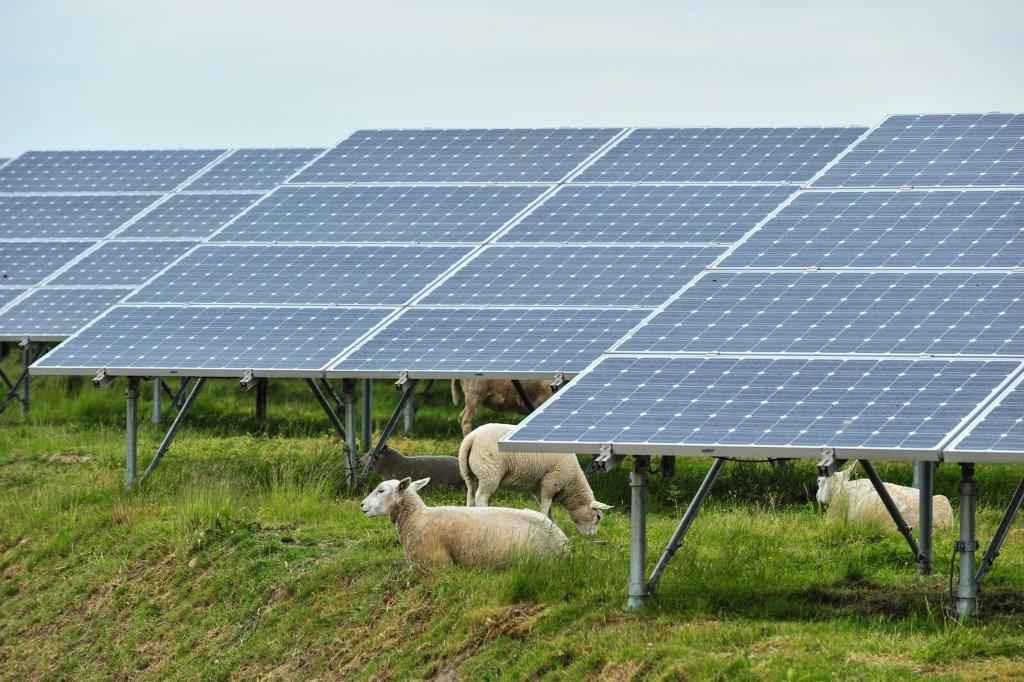
Renewables, promoted so vigorously to the rural sector as a land of opportunity and social responsibility, have lost much of their gloss – not least because of rates for Feed-in Tariffs (FiTs) for solar and onshore wind being slashed, degression across Renewable Heat Incentive (RHI) rates for biomass, and the end of the Green Deal.
Looking at the main areas of the sector in turn, Shirley Mathieson, Head of Renewables at UK top 20 Chartered Accountants Saffery Champness, gives the following summary.
Anaerobic digestion (AD)
Despite minor degression in the last year, the economics of AD can still show an attractive rate of return for the investor. AD however requires major capital outlay and the technology is not trouble free. Consistent availability of good feedstock is essential for maintaining the operating effectiveness of biomass plants. Access to supply into a gas pipeline also increases options for financial return.
Onshore wind
Withdrawal of financial support and increasing difficulty in obtaining planning consent have hampered development. However opportunities still exist, particularly in terms of extending existing medium and large-scale sites. There are also still opportunities for relatively good returns for small-scale wind where turbines can be located in the best wind rated areas with easy access to grid connection or supplying power for own use.
Turbines have become significantly more efficient, many by as much as 30 per cent over the last 5 years, making some schemes viable even without income support. Support is also potentially still available through Contracts for Difference (CfD) although it would be prudent to exclude this from future financial modelling. Some developers have taken a long-term view and are delaying projects on the basis that there may be a change in direction of Government policy but there are no signs being given yet to support this optimism.
Solar
The Department of Energy and Climate Change (DECC) held a consultation into FiT tariff rates from August 2015 which has resulted, as of 15 January, in support for the smallest scale systems being cut by 64 per cent, from 12.47 p/kWh to 4.39p/kWh (the original proposal was a cut to just 1.63p/kWh). The industry says it cannot grow without continuing Government support and that stand-alone viability remains some three to four years away. As a consequence, growth in the small solar sector is likely to stall for the foreseeable future.
Hydro
Degression of tariffs continues to bite hard but a number of schemes that remain financially viable are still being pushed for commissioning by end March 2017. However, new projects are few, notably because the cost of hydro development continues to increase whilst support is diminishing. A number of Community projects are being progressed for their community benefit rather than the financial returns.
Biomass
The UK is the only country where there is a support system for generation of heat rather than power. With uptake of both domestic and commercial biomass schemes far higher than anticipated, DECC has again been aggressive in cutting tariffs. Concern remains as to how long Government support will continue, although there was a commitment to a further five years of support in the Chancellor’s 2015 Autumn Statement.
Where there is a ready access to on-farm timber or other feed stocks the benefits of biomass continue to make this an area where we are seeing a number of new installations.
Solar thermal, air source and ground source heat pumps
Uptake of these technologies has been slow by comparison with others and to date support rates have not undergone any degression. So this financially rewarding technology still exists for investment, whether for heating individual homes or property investments.
Shirley Mathieson concludes: "Despite aggressive Government cuts there remains some opportunities for investment in the renewables sector. Support is fluid and decisions concerning the sector remain open to change. With target UK climate change obligations to meet, this could mean further opportunities arising particularly where new technologies are involved.
Notwithstanding available support, consideration should always be given to how a renewables project is structured, will run and is owned before commencement. The availability of certain reliefs and different tax rates in relation to different structures will impact on returns. Professional advice is therefore essential."
